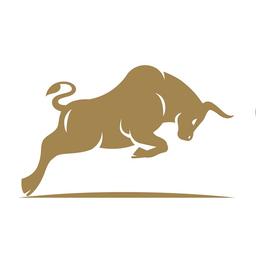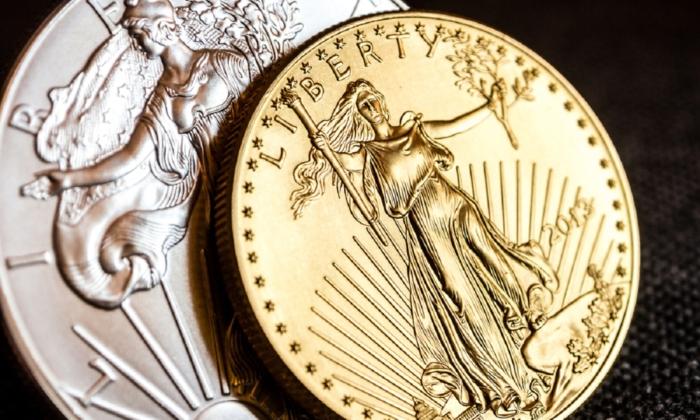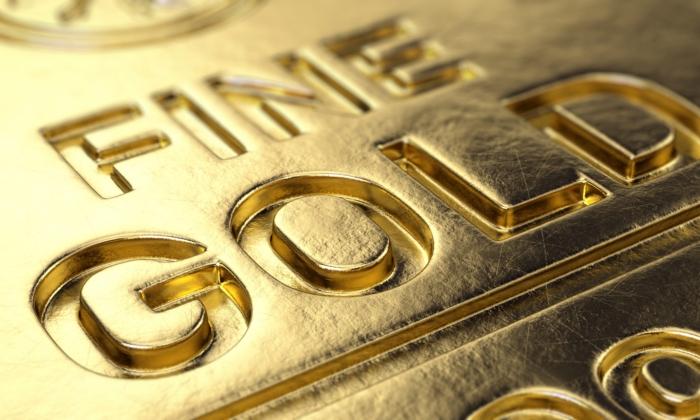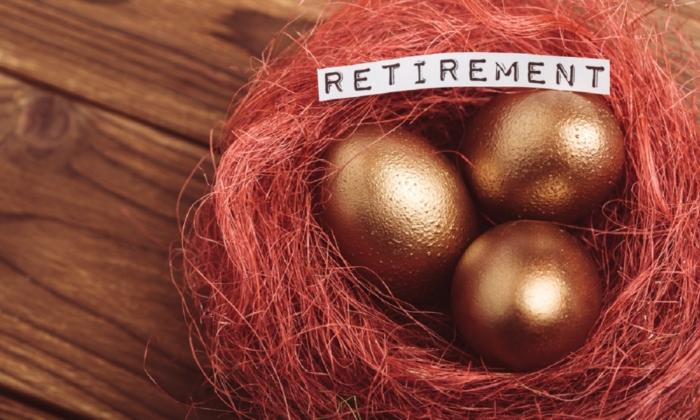Some collectors call clad coins “the ugly ducklings of U.S. numismatics.” Do you know what these “ugly ducklings” are? In this guide, we’ll answer the question “What are clad coins?” and explain whether they make a good investment.
What Are Clad Coins?
Clad coins, also known as sandwich metal coins, are made of multiple metal layers. The vast majority of clad coins in circulation today have three metal layers.Most U.S.-clad coins have a core of pure copper surrounded by two identical layers of a nickel-copper alloy resembling silver. The U.S. half-dollar, Washington quarters, and Roosevelt dimes are common examples.
The Sacagawea Dollar, the Presidential dollars, and other “golden” coins are also clad. They have a pure copper core with outer copper, manganese, nickel, and zinc alloy layers.
Note that clad coins are not the same as bimetallic coins. Clad coins have an inner metal core sandwiched between two or more layers of different metals. Bimetallic coins also use two or more metals, but their placement in the coin is different. Usually, there are visible inner and outer metal rings, like in the Canadian $2 coin.
Brief History of Clad Coins
Throughout the history of U.S. minting, the intrinsic value of the metal has sometimes surpassed a coin’s face value.A famous early example was the small cent in 1856. Due to rising copper prices, the U.S. Mint reduced the weight of copper pennies from 10.886 grams of pure copper to just 4.670 grams of copper alloy. Otherwise, people would melt the large cents for their copper value, removing them from circulation and causing a slight change shortage.
In the mid-1960s, the same economic forces led to a complete overhaul of silver coinage in the United States. The Coinage Act of July 23, 1965, replaced 90 percent silver coins with much cheaper, clad-composition coins of a pure copper core and a thin copper-nickel outer layer for dimes, quarters, and later half-dollars.
Composition of Clad Coins
Most U.S. clad coins consist of pure copper and a copper-nickel alloy.Clad coins are typically made from three metal layers: an inner core bonded to two identical outer layers.
Most clad coins circulating in the U.S. today consist of an inner copper core and two outer layers made of a copper-nickel alloy that looks like silver. The copper-nickel layer covers the entire front and back of the coin. Some coins feature an outer manganese brass layer made of copper, zinc, manganese, and nickel.
What Are the Types of Clad Coins?
Common types of clad coins include:· Copper-nickel clad. Until 1965, the U.S. quarter, dime, and half-dollar contained 90 percent silver and 10 percent copper. Today, they are clad coins made of 91.7 percent copper and 8.3 percent nickel.
· Brass-clad. The 1962 to 1982 “bronze” Lincoln cents were actually made from brass. In 1962, the U.S. Mint eliminated zinc from the original 95 percent copper alloy due to rising zinc prices.
·
Silver-clad. From 1920 to 1965, U.S. coins had a
90 percent silver content. After 1965, the U.S. Mint stopped producing silver coins as they were no longer economically viable and replaced them with clad coins, including some silver-clad ones like the Kennedy half-dollars from 1965 to 1970 and the Eisenhower dollars from 1971 to 1976. Interestingly, pure silver coins make a higher-pitched noise when you drop them, whereas clad coins sound duller.
· Gold-clad. Since 2000, the U.S. Mint has struck “golden” dollars. Contrary to the name suggests, these coins don’t contain gold. They feature a pure copper core and an outer layer of manganese brass responsible for the golden color.
·
Platinum-clad. Platinum-layered coins only function as collectible items, especially as replicas of pure
platinum coins such as the 1997 American Platinum Eagle or the One Trillion-Dollar Trial Coin.
Advantages of Clad Coins Over Other Coins
Clad coins have numerous benefits over “traditional” coins, including:
· Durability. Clad is significantly more durable than silver, which is softer and wears down considerably faster in circulation.
· Cost-effectiveness. Modern copper-nickel-clad coinage is much cheaper to produce than the older 90 percent silver coins.
· Anti-counterfeiting measures. When the U.S. Mint sought to replace the old silver coins in the mid-1960s, it had to ensure they passed counterfeit rejection devices in vending machines. Clad metal composition allowed the mint to create a coin with the same properties as a 90 percent silver coin, but much cheaper.
Should You Collect Clad Coins?
Clad coins aren’t just for everyday circulation. Many countries make special collector editions, including proof sets and clad coins with special finishes.The U.S. Mint makes a proof set of the circulating coins every year. Between 2005 and 2010, the mint made satin-finished coins for the Uncirculated Mint Sets. In 2014, the mint made a special anniversary Kennedy half-dollar coin set, followed by the 225th Anniversary Enhanced Uncirculated Coin Set in 2017.
Clad coins also appear in the commemorative coin series. The half-dollar commemorative coin is usually a clad coin and comes at a reasonable price.
Error coins, or coins that are missing a clad layer, are scarce and valuable coins that may sell for hundreds to even thousands of dollars apiece.
Are Clad Coins Considered Good Investments?
Investing in collectible or rare clad coins can be a great way to
diversify your portfolio. Of course, like with any investment, you need to know what you are doing and what you are buying. It’s always best to seek advice from a financial adviser specializing in coins.
The Oxford Gold Group helps investors protect and grow their wealth by purchasing physical gold and silver for their IRAs and for home delivery as effortlessly and securely as buying bonds or stocks. That’s why investors have turned to the security of gold and silver and the Oxford Gold Group. Call 833-600-GOLD or visit OxfordGoldGroup.com to receive a complimentary copy of “Your Precious Metals Investment Guide.” Third-party advertisements and links to other sites where goods or services are advertised aren’t endorsements or recommendations by The Epoch Times of the third-party sites, goods, or services. The Epoch Times takes no responsibility for the content of the ads, promises made, or the quality/reliability of the products or services offered in all advertisements.





